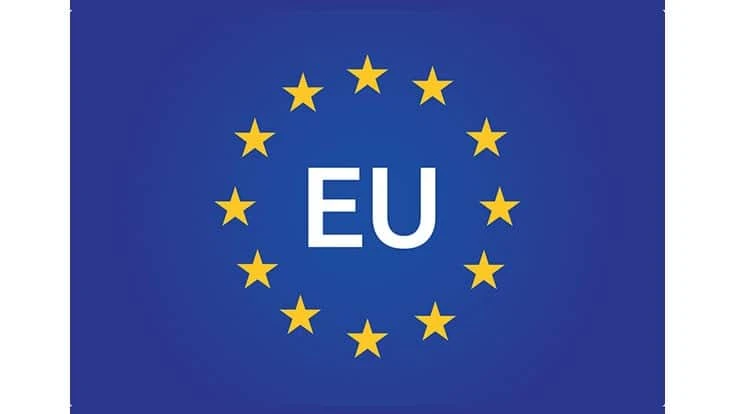
Brussels-based European Aluminium has published its "Circular Aluminium Action Plan," which it calls “a strategy for achieving aluminum’s full potential for a circular economy by 2030.”
The plan aims to ensure that all end-of-life aluminum products are collected and recycled efficiently in Europe to maximize aluminum recycling rates and to keep the material in active use, says the group. European Aluminium consists of more than 80 member companies who produce primary and recycled-content aluminum, including extruded, rolled and cast aluminum.
“The aluminum industry is committed to helping deliver the European Green Deal, building on its long-standing commitment to sustainability,” remarks says Gerd Götz, European Aluminium director general. “Our end goal is to achieve the full potential of aluminum circularity by 2030, and we won’t stop until we’ve achieved it.”
Continues Götz, “The 'Circular Aluminium Action Plan' provides a roadmap for European policymakers and the European aluminum industry to work together to make this ambition a reality.”
The organization says aluminum is by nature circular and fit for multiple recycling: It can be recycled over-and-over again without losing its original properties, such as lightness, conductivity, formability, durability and impermeability.
Furthermore, says European Aluminium, the aluminum recycling process requires only 5 percent of the energy needed to produce primary metal, leading to significant CO2 savings.
Additionally, aluminum recycling rates are already among the highest of all materials. In Europe, recycling rates in the automotive and building sectors are over 90 percent, while aluminum beverage cans have a recycling rate of 75 percent.
The forecasts and analysis in the "Circular Aluminium Action Plan," which were developed in collaboration with Material Economics and CRU, show more opportunities lie ahead. “With the right policy framework in place, 50 percent of Europe’s demand for aluminum could be supplied through post-consumer recycling by midcentury,” states the group.
Also, by increasing recycling rates for aluminum, Europe can reduce its dependency on imports and therefore its exposure to the risk of supply disruptions.
“Aluminum recycling is a significant industrial and environmental opportunity for the EU,” states Per Klevnäs, a partner at Material Economics. “As more metal becomes available, the EU has a chance to build its economy increasingly on circular resources, capturing large value while reducing CO2 emissions.”
The executive summary and full 33-page version of the "Circular Aluminium Action Plan" are available on European Aluminium’s website.
Latest from Recycling Today
- European project yields recycled-content ABS
- ICM to host co-located events in Shanghai
- Astera runs into NIMBY concerns in Colorado
- ReMA opposes European efforts seeking export restrictions for recyclables
- Fresh Perspective: Raj Bagaria
- Saica announces plans for second US site
- Update: Novelis produces first aluminum coil made fully from recycled end-of-life automotive scrap
- Aimplas doubles online course offerings







